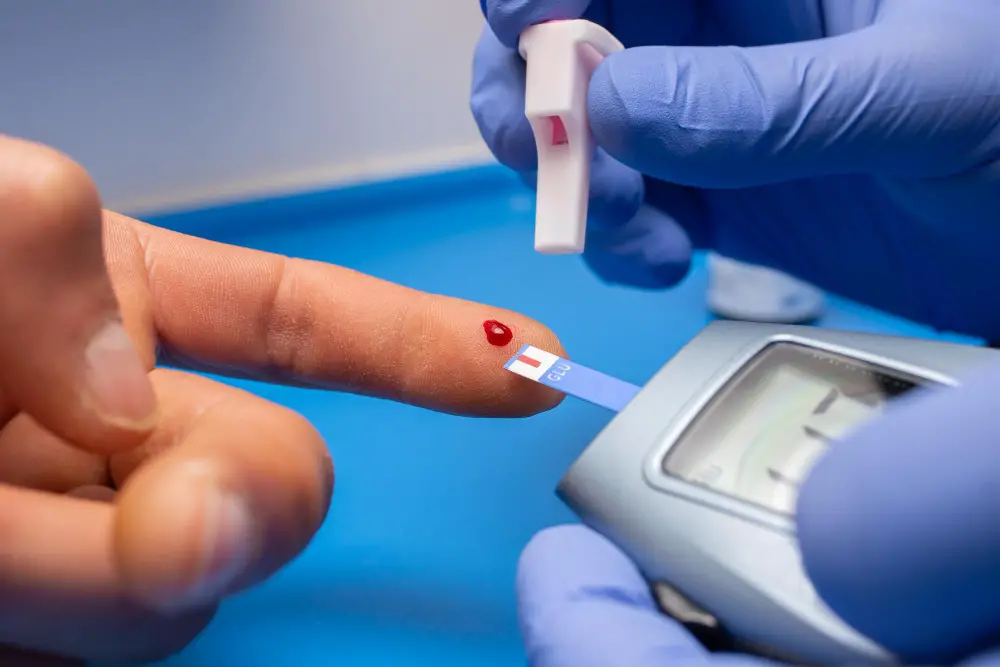
Nausea & Vomiting with Heart Attack
-
- Dr. Junaid Arshad
- December 9, 2021
- 3 comments
Table of Contents
What Causes Nausea & Vomiting With a Heart Attack?
Nausea and Vomiting are gastrointestinal symptoms that are not very uncommon with a heart attack, although the exact number of patients who suffer these symptoms is not known.
Is Vomiting a Symptom of heart attack
Vomiting per se is not a symptom of a heart attack. If someone is vomiting it doesn’t mean that he has had a heart attack. It is a gastrointestinal symptom usually associated with gastric conditions. A long list of systemic conditions can also be a cause of vomiting.
In case of a heart attack, vomiting is not the only symptom & patients usually experience chest pain, left arm pain, sweating, & apprehension. Nausea and vomiting can accompany the aforementioned symptoms.
Given below are a few common gastric and non-gastric causes of vomiting:
Gastritis Uremia (AKI/CKD)
Peptic Ulcer Disease
Kidney infections like UTI/Acute Pyelonephritis
Acute Hepatitis
Pregnancy
Acute Pancreatitis
Addison’s disease
Gastrointestinal Infections (for e.g typhoid, viral gastroenteritis)
Diabetic ketoacidosis
Gastric Outlet Obstruction
Migraine
Intestinal Obstruction
Raised intracranial pressure (meningitis, encephalitis)
Cholecystitis
Psychogenic
Appendicitis
Side effects of drugs like chemotherapy
Significance of Vomiting with Heart Attack
Although vomiting is a non-specific symptom when present in a patient with a heart attack, it can give 2 important clues:
#1. The extent of damage to the heart muscle
Nausea and vomiting commonly occur with more extensive heart attacks that affect a larger area of the heart and may have worse outcomes.
They are also believed to be more commonly associated with inferior wall MI although studies have failed to prove this.
#2. Prediction of Outcomes
The presence of vomiting along with a heart attack is an independent factor associated with poor outcomes.
This is most likely secondary o the extensive damage to the heart muscle or a massive heart attack that can cause complications like heart failure, life-threatening arrhythmias, & cardiac death.
Evidence
The data supporting the above 2 points regarding the significance of vomiting with Acute MI is inadequate.
A study from China on the impact of vomiting in STEMI patients, published in the year 2015 yielded information as below.
Stats from the study
A total of 152 patients were included in the study. 60/152 experienced vomiting and were classified as Group A and the remaining 90 patients were classified as Group B.
The end-point of the study was MACE at 6 months follow-up. MACE is a composite of 1) cardiac death; 2) cardiogenic shock; 3) severe acute left heart failure, and 4) life-threatening arrhythmia
Conclusion
33 patients in group A developed heart failure as compared to 25 in group B and this figure was statistically significant (p<0.05).
Mechanism of Vomiting with Heart Attack
Bezold-Jarish Reflex for Vomiting
Different mechanisms have been proposed for nausea and vomiting with Acute Myocardial Infarct (Heart Attack).
However, the exact mechanism is not known.
One possible mechanism called the Bezold-Jarish reflex was explained by Jarish and co-workers.
They proposed that this reflex involves unmyelinated C-fibers which are stretch receptors & are present in the entire left ventricle. These fibers are sensitive to both chemical and mechanical stimuli & are responsible for the stimulation of vagal afferent fibers that causes a decrease in blood pressure & heart rate & they are also responsible for nausea and vomiting by stimulating the chemoreceptor trigger zone in the brain.
Mechanical Stimuli
Below mentioned 5 mechanisms are the mechanical stimuli for the Bezold-Jarish reflex:
- Mechanically stroking the epicardium
- Occlusion of coronary vessels supplying the heart
- Increased contractility of the heart muscle
- Distention in the left ventricle
In short, any factor that increases tension or a stretch on the heart wall can initiate this reflex.
Chemical Stimuli
The chemical stimulus includes lactic acid, pyruvic acid, & other metabolites that are released from necrotic, ischemic & injured heart muscle cells as a result of myocardial infarction (heart attack).
Treatment of Nausea & Vomiting with Heart Attack
Treatment of nausea and vomiting with a heart attack is with routine anti-emetics used in other cases of vomiting.
Drugs like ondansetron should be avoided due to a possible increased risk of QT-prolongation & predisposition to malignant arrhythmias.
However, complete resolution of symptoms may occur with revascularization or fixing the lesion causing a compromise in the blood supply of the heart.
Summary
Nausea & vomiting are the non-specific symptoms that accompany heart attack in a subset of patients. The presence of nausea & vomiting with Acute MI may indicate extensive myocardial damage and predict the development of complications like heart failure & cardiac death. Although the data supporting this fact is limited & more studies are required.





This is a toрic that’s near to my heart… Many thanks!
Exactly where arе your contact details though?
You are most welcome, contact details would be uploaded soon
Everything is very open with a precise clarification of the challenges. It was really informative. Your website is useful. Thanks for sharing!